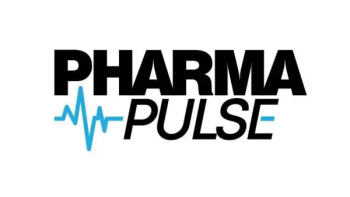
PAP 2025: Boosting Patient Empowerment
The presentation suggests ways to educate patients on the options available to them, with the hope of ultimately improving health outcomes.
Day 2 of Informa’s Access USA track-based coverage carried on, with an afternoon session on the PAP track being run by Rachel Thorpe, executive director at the Otsuka Patient Assistance Foundation, an independent entity from the manufacturer Otsuka.
Focusing on “Empowering Patients to Take Control of Their Healthcare,” the session aimed to dive into manners in which to educate patients on their healthcare rights, benefits, and available options; measure patient engagement with their disease, while finding opportunities for improvement; and examine ways to increase patient empowerment, outside of just solely focusing on product or disease state.1
Thorpe began with a breakdown of why in fact it is so valuable to empower the patient. She referenced a report created by the World Health Organization titled “What is the evidence on effectiveness of empowerment to improve health?” which analyzes the power of enhancement strategies in boosting patient outcomes.
Essentially, it noted that patient empowerment is a vital part of a patient-centric healthcare system, as it can result more efficient care, increased satisfaction, and better health outcomes overall.
So, how can patients begin to take control of their healthcare with the help of patient-centric PAPs? It starts with health literacy, including a shocking statistic.
“Nine out of 10 patients do not understand basic health terms, and when you are with your HCP being diagnosed, you pay attention to those health terms, and then you're like, what does that mean?” Thorpe said.
Other valuable factors include:
- Social drivers
- Technology & personal health data
- Individualized engagement plans
- Feedback
Educating patients
When it comes to educating patients on their healthcare rights, benefits, and available options, analysis from the Institute for Healthcare Improvement discusses various manners to boost healthcare literacy challenges, which impact nearly 90% of adults. The institute’s “8 Ways to Improve Health Literacy” offers a multitude of suggestions, with some of them including:
- Simplifying language by using easy-to-understand terminology, as opposed to medical speak
- Practicing the teach-back technique, which would have patients explain the information back to you in order to confirm their understanding—this is key, since according to Thorpe, 33% of the patient population doesn’t read above a third-grade level in America
- Promoting patient involvement by cultivating a welcoming environment where patients feel comfortable not only asking questions, but participating in their care as well
“When you're talking about educating your patients, make sure you put certain hats on,” Thorpe suggested. “What is your patient population? What is your patient journey? What the socioeconomic status of that patient population looks like will also define how you educate them. Education equals empowerment.”
Beyond focusing on product or disease state, finding other ways to enhance patient empowerment are also critical, whether that means identifying and reducing disparities that affect health empowerment; advocating for peer-to-peer support engagement; identifying patient interaction opportunities; or building simple-to-use personal health data tech that drives empowerment.
Reference
1. Thorpe R. Empowering Patients to Take Control of Their Healthcare. March 19, 2025. PAP 2025. Philadelphia.
Newsletter
Stay ahead in the life sciences industry with Pharmaceutical Commerce, the latest news, trends, and strategies in drug distribution, commercialization, and market access.





